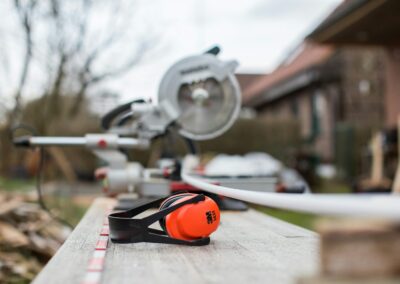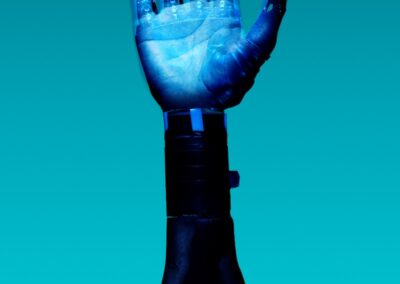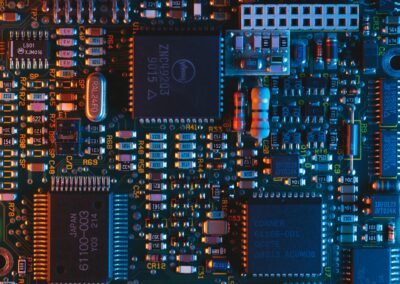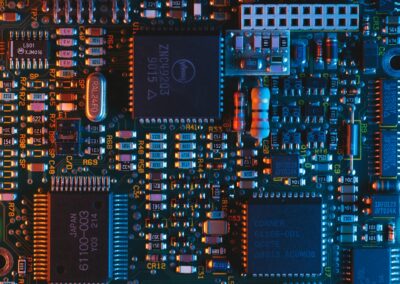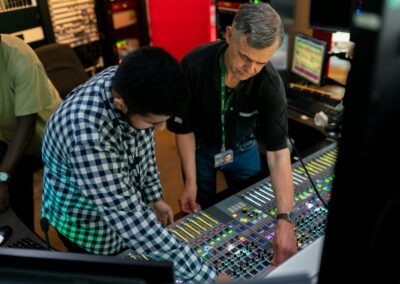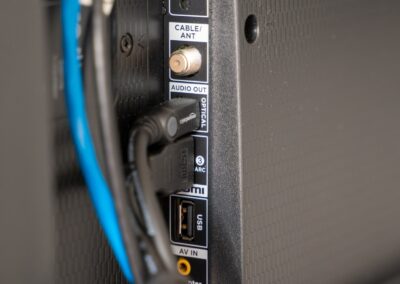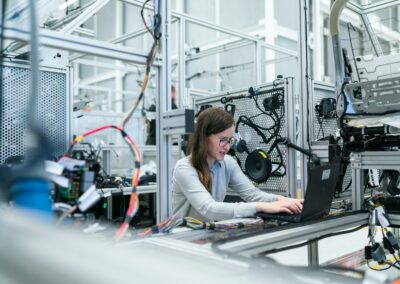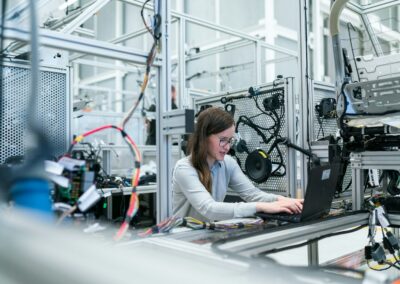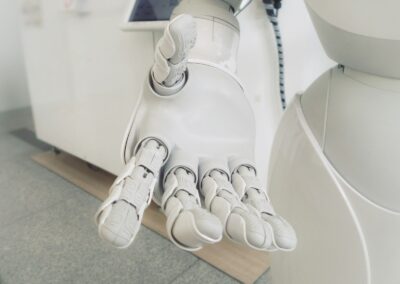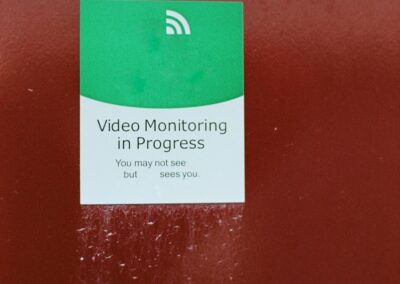Understanding the Challenges of Integrating Digital Twin Technology in Construction Monitoring
Technical Integration and Interoperability Issues
Integrating digital twin technology in construction monitoring presents a myriad of technical challenges. One of the primary obstacles is ensuring compatibility between the new digital twin systems and existing construction monitoring and management software. In regions like Saudi Arabia and the UAE, where large-scale construction projects are commonplace, the integration process can be particularly complex due to the diverse range of technologies and systems already in use.
Digital twin technology relies on real-time data collection from various sources, including sensors, drones, and IoT devices. Ensuring that these data streams are compatible with existing systems is crucial for the seamless functioning of digital twins. Interoperability issues can lead to data inconsistencies, delays, and inaccuracies, which can significantly impact project timelines and outcomes. Addressing these technical integration challenges requires robust planning, the adoption of open standards, and the use of middleware solutions that can bridge the gap between disparate systems.
Data Management and Security Concerns
The implementation of digital twin technology in construction monitoring generates vast amounts of data. This data, collected from multiple sources, needs to be stored, processed, and analyzed efficiently to provide accurate insights. Managing such large datasets can be a daunting task, especially when considering the need for real-time data processing. Construction companies in Riyadh and Dubai must invest in advanced data management systems that can handle the scale and complexity of data generated by digital twins.
Data security is another critical concern. The sensitive nature of construction data, including building designs, project schedules, and material specifications, makes it a prime target for cyber-attacks. Ensuring the security and integrity of this data is paramount. Implementing robust cybersecurity measures, such as encryption, access controls, and regular security audits, can help protect digital twin data from unauthorized access and breaches. Additionally, leveraging blockchain technology can enhance data security by providing a decentralized and tamper-proof ledger for recording transactions and changes.
Cultural and Organizational Resistance
The adoption of digital twin technology in construction monitoring is often met with cultural and organizational resistance. Traditional construction practices are deeply ingrained, and transitioning to a digital-first approach can be challenging for many companies. In Saudi Arabia and the UAE, where construction firms have long-established workflows, convincing stakeholders to embrace digital transformation requires a strategic approach.
Overcoming this resistance involves fostering a culture of innovation and continuous learning. Executive coaching services can play a crucial role in guiding leaders through the transition, helping them understand the benefits of digital twin technology and how it can enhance project outcomes. By promoting open communication, collaboration, and a willingness to experiment with new technologies, construction companies can ease the adoption of digital twins and drive successful integration.
Solutions for Effective Integration of Digital Twin Technology
Strategic Planning and Incremental Implementation
To effectively integrate digital twin technology in construction monitoring, companies must develop a strategic plan that outlines clear goals, timelines, and resource allocations. A phased approach to implementation can help manage the transition more smoothly. By starting with pilot projects, companies can test digital twin technology on a smaller scale, identify potential issues, and refine their strategies before scaling up to larger projects.
Incorporating feedback from pilot projects allows for continuous improvement and ensures that the technology is optimized for broader application. This incremental approach reduces the risk of disruptions and helps teams gradually adapt to new processes and systems.
Investing in Training and Skill Development
Training and skill development are essential for the successful integration of digital twin technology in construction monitoring. Employees at all levels must be equipped with the knowledge and skills to operate and maintain digital twin systems effectively. In regions like Saudi Arabia and the UAE, where the construction industry is rapidly evolving, investing in comprehensive training programs is crucial.
Partnerships with technology providers and educational institutions can provide valuable training resources. Workshops, seminars, and certification programs can help employees become proficient in using digital twin technology. Continuous professional development fosters a culture of learning and innovation, enabling construction firms to leverage digital twin technology to its full potential.
Leveraging Advanced Technologies for Enhanced Capabilities
Integrating digital twin technology with other advanced technologies, such as AI, generative AI, and the Metaverse, can significantly enhance its capabilities. AI algorithms can analyze data from digital twins to predict maintenance needs, optimize construction schedules, and improve resource allocation. Generative AI can assist in designing more efficient and sustainable buildings by generating multiple design options based on specific criteria.
The Metaverse, a virtual reality space where users can interact with digital representations of physical objects, can also play a role in construction monitoring. By creating immersive virtual environments, construction companies can conduct virtual walkthroughs, simulate construction processes, and collaborate with stakeholders in real-time, regardless of their physical location.
In conclusion, integrating digital twin technology in construction monitoring presents both challenges and opportunities. By addressing technical, operational, and cultural barriers and leveraging advanced technologies, construction companies can successfully adopt digital twins to enhance project management, improve efficiency, and drive innovation. With strategic planning, continuous training, and a commitment to embracing digital transformation, the construction industry in Saudi Arabia, the UAE, and beyond can harness the full potential of digital twin technology.
—
#DigitalTwins #ConstructionMonitoring #SaudiArabiaConstruction #UAEConstruction #RiyadhSmartCities #DubaiConstructionTechnology #AIinConstruction #BlockchaininConstruction #MetaverseInConstruction #ExecutiveCoaching #GenerativeAI #ModernConstructionTechnology #BusinessSuccess #LeadershipInConstruction #ProjectManagement


